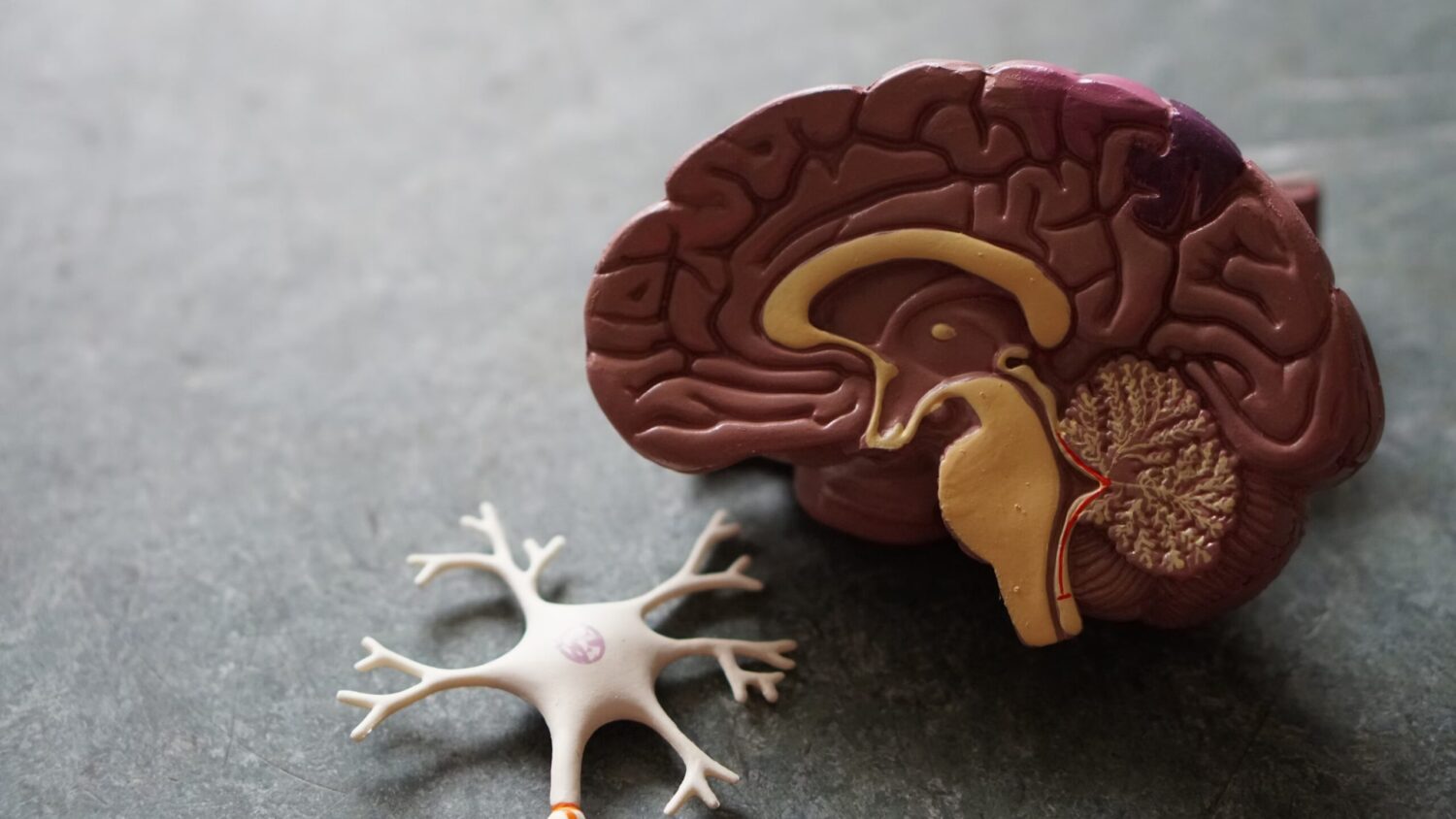Author:
© T.A. VORONINA1, S.A. LITVINOVA1, N.A. GLADYSHEVA1, A.V. SHULYNDIN2
1Federal Research Center for Original and Promising Biomedical and Pharmaceutical
Technologies, Moscow, Russia;
2Volga Region Research Medical University of the Ministry of Health of the Russian Federation, Nizhny Novgorod, Russia
Place of publication:
S.S. Korsakov Journal of Neurology and Psychiatry 2025, v. 125, no. 5, pp. 22–33
Abstract: The article
presents the results of studies of the multimodal mechanism of action of the domestic original drug Mexidol (2-ethyl-6-methyl-3-hydroxypyridine succinate), which provides a neuroprotective effect and a wide range of clinical effects. The Mexidol molecule is represented by two related and functionally significant components: 2-ethyl-6-methyl-3 hydroxypyridine and succinate. The presence of 3-hydroxypyridine in the structure of Mexidol is associated with the antioxidant and membranotropic activity of the drug, the ability to reduce glutamate excitotoxicity, modulate the functioning of receptors and ion channels. Succinate in Mexidol provides the ability to induce the succinate receptor SUCNR1, improve succinate signaling, stimulate mitochondriogenesis, restore mitochondrial respiration and activate the Krebs cycle, increase the energy status of the cell, which causes the antihypoxic effect. Mexidol enhances the expression of transcription factors HIF-1α, Nrf2 under hypoxic conditions, has neuroregenerative activity mediated by an increase in the levels of the main regulatory molecules - neurotrophic factors NGF, IGF1, BDNF and VEGF in areas of ischemic brain damage, and also has a positive effect on PGC-1α, coordinating aerobic metabolism and energy stability of cells. These features distinguish Mexidol from other succinic acid preparations.
Key words: Mexidol, ethylmethylhydroxypyridine succinate, antioxidant, antihypoxant, neuroprotection,
mitochondriogenesis, succinate signaling, neurotrophic factors, transcription factors.









